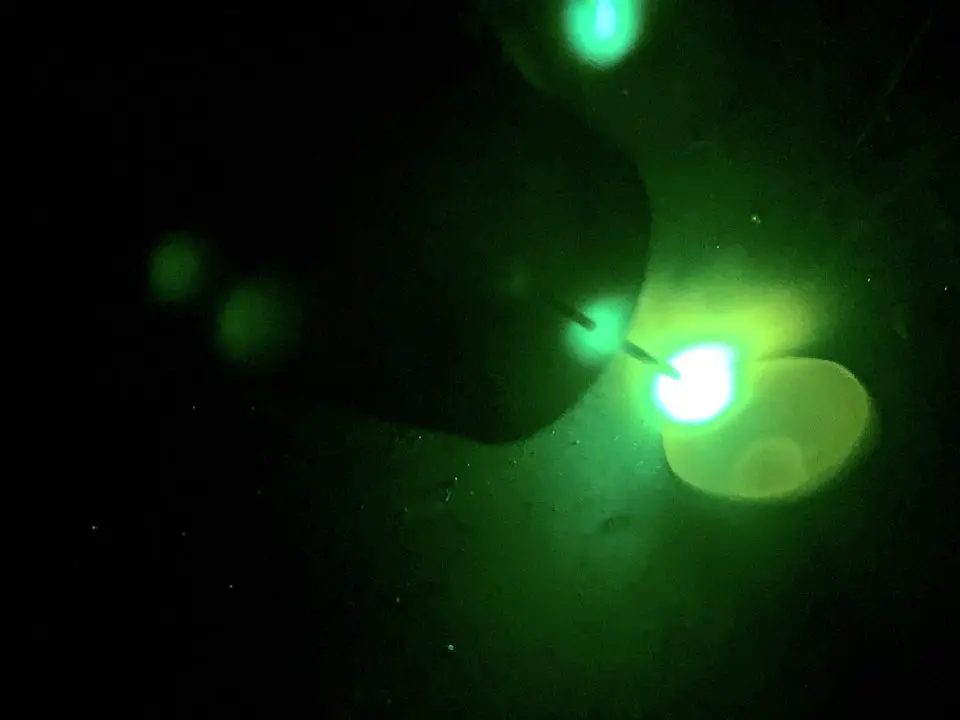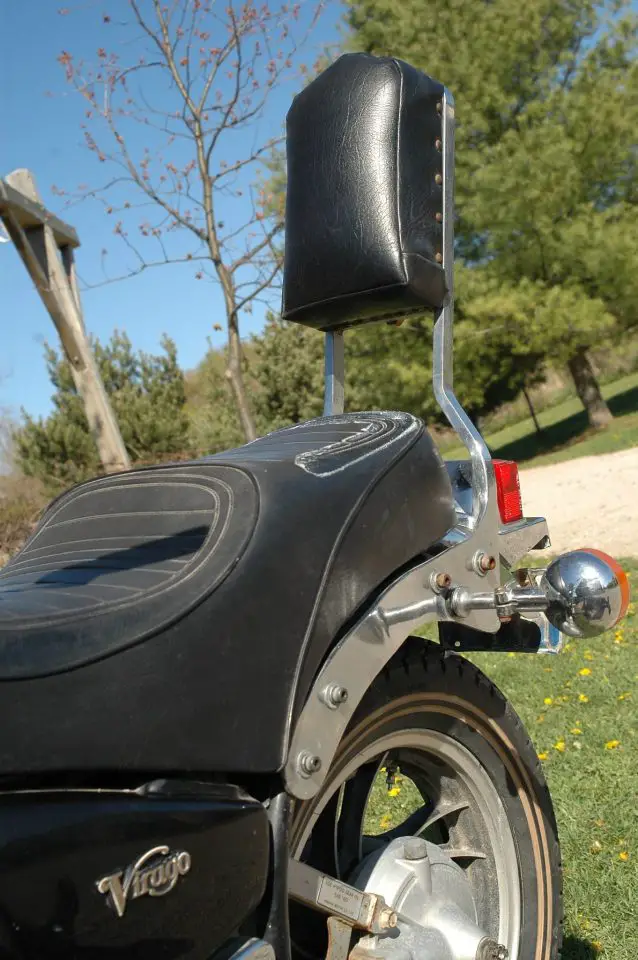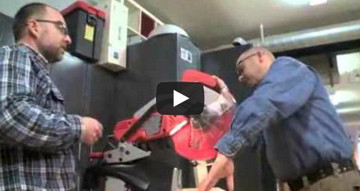Ever wanted to learn welding? Having the ability to permanently join pieces of metal together has many potential uses, and MIG welding is the easiest welding processes to learn. Keep reading for the most in-depth look at the MIG welding process you’ll find anywhere on the internet.
By the time you finish this article, you’ll have a solid understanding not only of electric welding in general, but specifically MIG welding. I’ll also touch on other welding techniques such as stick welding, tungsten inert gas welding, and laser welding. This article is a helpful reference guide for hobby welders, particularly those just starting out who want to learn correct welding methods. If you have questions about welding, this is where you can get answers.
Want to make your interest in welding a part of your workshop life? Check out my complete online course “MIG WELDING FOR BEGINNERS. Videos, photos, words and direct real-time help from me is what you get. Here’s what one of hundreds of students has to say about the course:
- Reading Time = 13 minutes

“I truly enjoyed being part of your MIG WELDING FOR BEGINNERS course. The information you provide via written and videos material IS very well put together and easy to follow. I truly was a beginner, never having even owned equipment nor additional tools. I will keep my eye out for any additional courses you have on these topics.” – RM, Chicago, IL
What is MIG welding?
MIG welding is a type of gas metal arc welding. It uses electricity to melt both the feed wire and small portions of the metal workpieces, joining them together. MIG stands for “metal inert gas”, which refers to the shielding gas that’s a crucial part of the MIG welding process. More on this later. You’ll also need a few special tools and a surface to weld on. If you want to get going as quickly as possible, you might consider a ready-made custom welding cart.

Most welding involves adding new metal to the pieces you’re joining together, and MIG welding makes this easier thanks to an automatic wire feed. The electric arc generates intense heat, melting the wire into molten metal. This consumable wire that’s fed automatically into the weld pool becomes the filler material that bonds your workpieces together.
What’s the difference between MIG welding and other kinds of welding?
MIG welding: Like several other types of welding, every MIG welder works with electricity. Whether you’re joining thick metal or thin materials with your MIG welder, the process always involves an electrical arc melting the feed wire and workpieces to join them together. MIG welding can involve either shielding gas or self-shielding wire.

TIG welding: Like MIG welding, TIG welding (tungsten inert gas), uses an electric arc to join metal together. TIG welders don’t use wire, but are equipped with a non consumable tungsten electrode which welds the metal workpieces together.
Stick welding: Another form of arc welding, stick welding doesn’t require wire as filler metal. Instead, stick welding involves flux-coated welding rods held under the arc of the welding gun. The rod melts (along with the workpiece), and joins the steel, or whatever other metal you’re welding together. Some welding enthusiasts find stick welding works better for joining thicker metals, due to deeper weld penetration.
Torch welding: Unlike the other welding processes in this list, torch welding doesn’t involve electricity, and therefore isn’t considered arc welding. Instead, it involves using an oxyacetylene torch with a carefully controlled blend of burning oxygen and acetylene gas. The small, focussed flame is extremely hot, and is used to melt both the workpiece and a steel welding rod held next to the seam being joined.
Laser welding: Usually computer-controlled, laser welding involves use of a powerful laser beam to weld metal almost instantly. It’s fast, and widely used in certain manufacturing industries where speed and precision are vital, like the automotive industry.
What is flux core welding?
Also called flux core MIG welding, flux core welding doesn’t involve an external gas supply. Instead, the molten weld bead is protected from rapid oxidization by a small cloud of shielding gas generated as the flux inside the wire’s core is burned. All MIG welders can use flux core wire, but only higher end models can handle both gas shielded and flux core welding. That’s one reason flux core welding may be a better choice for those interested in learning to weld metal without breaking the bank.
The downside is flux core welding leads to a somewhat messier looking weld with more spatters and pockmarks in the weld bead than welds shielded with inert gas from a tank. That’s because the shielding gas generated by the burning flux doesn’t offer as much protection as metal inert gas from an external source, piped directly out the end of the MIG gun while welding happens.
Gas-Shielded Versus Flux Core: Which is Better?
This is one of the most popular questions people ask when looking at a MIG welder to buy, and the answer comes down to a few simple questions. What would you rather have, a small, inexpensive, highly portable welder that makes strong but not great-looking welds, or great looking welds that come with more technical complication?

Or would you prefer to pay more for a welder that makes neater welder but requires the ownership or rental of compressed gas tanks? Watch the video below for help deciding to go gas-shielded or flux core.
What is the MIG welding process?
MIG welding begins by setting the correct voltage and wire feed speed for the thickness of material you’ll be joining. With that done, you’ll need some method of protecting the molten metal of the weld while it’s still liquid. The reason is oxidization. The superheated molten metal, also known as the “weld pool”, is extremely susceptible to oxidization if unprotected. This means an unprotected weld will be an ugly, bumpy, weak weld. The protection needed comes in the form of shielding gas. Different shielding gas blends are needed depending on the type of metal you’ll be welding. For example, a blend of argon and carbon dioxide is perfect for welding mild steel. Watch the video below for more information on the MIG welding process.
All shielding gases are inert, meaning they won’t react with the molten weld. Shielding gas is what’s referred to in the acronym MIG (metal inert gas). Shielding gas is essential for all MIG welding, and it can be supplied in two different forms: through the nozzle of the welding gun via a tank mounted nearby, or in the center of the welding wire itself. Less expensive MIG welders are often designed with this approach in mind. Self-shielded cored wire has a substance in its core called flux that forms a protective shielding cloud around the weld pool when it’s heated.
How to MIG weld?
The first step to successful MIG welding is to set up your welder. Start by selecting the correct voltage. Voltage determines how intense the electrical arc will be from the tip of the welding gun, and ultimately how much molten metal you’ll be dealing with. The idea is to select a voltage high enough the metal of both pieces being joined is melted, but not burned right through.
The next parameter to adjust in preparation for the welding process is wire feed speed. Usually expressed in inches per minute, setting this correctly means your feed wire will steadily form into a pool of molten metal (known as a “weld pool”), at a speed matching your movement of the welding gun and the arc’s melting of the workpieces. Getting the feed speed right for your welding pace, the wire diameter, and arc length is crucial to proper MIG welding.
With your voltage and wire feed speed calculated, you’re now ready to prepare your workpieces. Whether you’re working with thicker materials or thinner metals, be sure the metal is clean and your ground clamp is in firm contact with the material you’re joining. With your welding helmet and gloves on and a good pair of heavy-duty boots or leather shoes to protect your feet from sparks, you’re ready to begin welding.
Turn on your shielding gas if you’re not using self-shielding wire, then squeeze the trigger of the welding gun with the nozzle close enough to the material you’re welding that the wire touches it. The arc will engage and the wire will begin to extend and melt. Carefully move the tip of your welding gun in small, semi-circular lines back and forth and you extend the weld bead. Don’t let the weld pool get too large in any one spot, since this could lead to an unnecessarily large weld puddle and ultimately, a clumsy-looking bead.
How strong is a MIG weld?
Done properly, the MIG welding process leads to a joint at least as strong as the surrounding parent metal. As long as you select the right voltage and wire feed speed correctly, ensure you’re working with clean metal, and have good welding technique, the weld area will be difficult to break apart once the base materials are joined.

Is MIG welding easy?
Yes, it is. Of all the welding processes, metal inert gas (MIG) welding is the easiest to learn. A form of electric arc welding, MIG involves self-feeding wire which functions as a continuous solid wire electrode, conducting the arc and melting both the wire and the workpiece to form a weld pool (also called weld puddle) and joining whatever you’re welding.

One reason MIG is easier than other welding processes is the fact that it can be done one-handed. There’s no need to hold a wield a welding rod in one hand while operating the welding gun with the other. MIG also makes it easier to produce, smooth, even weld beads in a horizontal position, thanks to the auto-feeding wire.
What are the different welding wire types?
There are two basic families of MIG welding wire: solid wire and flux cored wire. Both can lead to strong welds when used properly.
Flux cored wire: As you might expect, flux cored wire is hollow, with specially formulated flux inside which forms a shielding cloud of gas around the material being welded while it’s still liquid.
Solid wire: Solid welding wire has no flux inside, but is made of solid metal. Like all MIG welding processes, solid welding wire needs to be shielded from oxidization while it’s still molten weld pool. Solid wire requires this to be done with an external supply of inert gas from a tank. The gas tank is hooked up to a regulator, from which it’s dispensed into and through the main welding cable connected to the welding gun.
What’s the difference between arc and argon welders?
There’s actually no such thing as an “argon welder”. Argon is one of several inert gases used in MIG welding to shield the molten metal you’re joining so it doesn’t rapidly oxidize. A typical shielding gas blend for MIG welding mild steel is a combination of argon and carbon dioxide. A weld bead that’s unprotected by an inert gas of some kind is bumpy, pock-marked and weak.
By contrast, arc welding is any sort of welding that uses an electric arc to melt and joint metal. MIG welding, TIG welding, and stick welding are all popular forms of arc welding. Click below to see what MIG welding looks like from inside the helmet while it’s happening.
What can I weld with a MIG welder?
Many things. Metal inert gas welding can be used to join mild steel, carbon steel, aluminum, stainless steel and cast iron bronze, to name the most common. Just be sure if you’re not using flux cored wire that your shielding gas mixture is correct for the metal you’ll be welding. Carbon steel, for example, is best shielded by a mixture of 75% argon and 25% CO2. Stainless steel requires 98% argon and 2% CO2. Aluminum is typically shielded with pure argon alone, unless the base metal being joined is over 1/2 inch in thickness. Thick materials like this need shielding gas with a little helium added to the argon. Without the right blend of shielding gas for the metal you’re joining on your welding table, your welds will probably turn out ugly and weak.
The motorcycle backrest you see below is one of many projects I’ve built using MIG welding.

Which type of welding is best?
It depends on the sort of welding you plan to do. Different types of welding are better suited to some welding process than others. TIG welding, for example, is often used for aerospace and automotive projects, thanks to its ability to join very thin materials (including aluminum) and produce exceptionally small, neat weld beads. Trouble is, TIG is also one of the most difficult forms of welding to learn. Some high end MIG welders can be equipped for either TIG welding or MIG welding processes. You just need to swap out some hardware.
Stick welding is more portable than other processes, since it doesn’t need spools of wire or tanks of shielding gas. Instead, the sticks are coated with a chemical that generates a shielding cloud when burned. Stick welding is the most crude of all the electric welding processes, but hey – sometimes there are no points awarded for refinement.
Torch welding uses no electricity at all, and it’s easier to learn than TIG welding, torch welding comes with some disadvantages. One is safety. Even though all welding processes can be performed safely, torch welds are inherently more dangerous thanks to the gas tanks and open flame involved. The torch weld also doesn’t work as well for welding stainless steel or aluminum.
Bottom line: if you’re just starting your arc welding journey, beginning with TIG welding will most likely lead to unnecessary headaches. Stick welding also can be fairly tricky for beginners, certainly trickier than MIG. MIG welds are much easier to achieve and make perfect, and there’s really no need to focus on other processes, at least at first. For those looking to dabble in welds for the first time, learning to MIG weld will serve you well. Of all types of welding, MIG is likely the most versatile, and certainly the easiest to learn. It’s great for fillet welds for instance, which is where two pieces of metal perpendicular to each other are joined.













